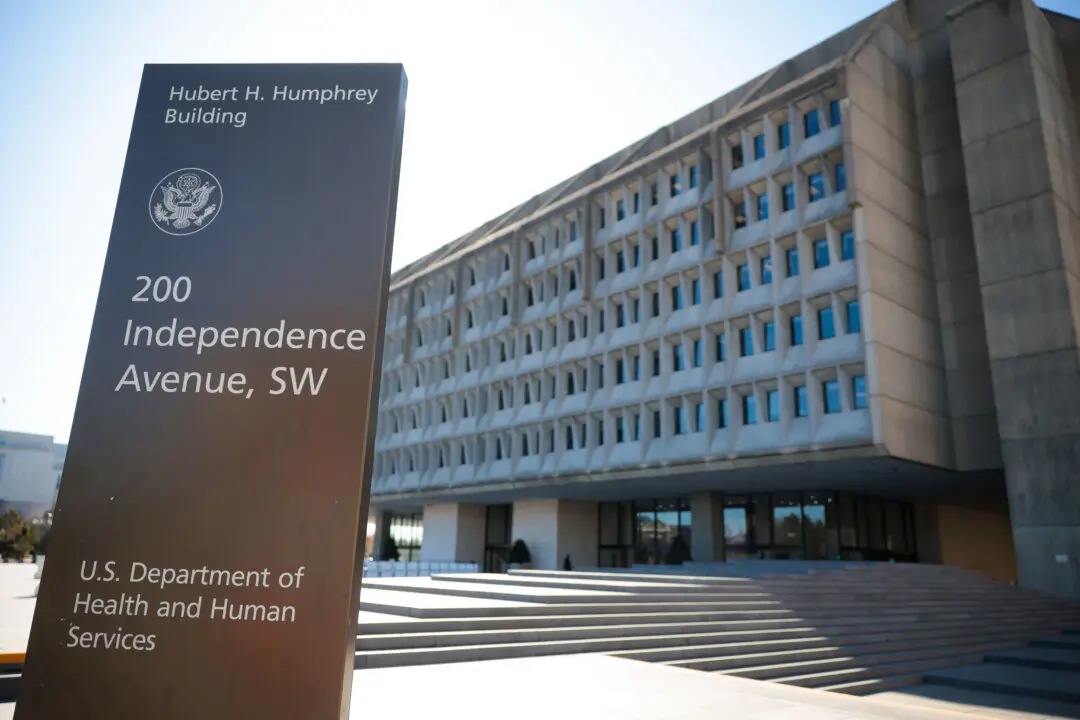NEW YORK—The Transportation Committee passed amendments to administrative code on Monday that would require the New York City Department of Transportation to provide statistics and documentation about major transportation projects, and seek early input from other agencies in a formal manner.
The amendments go before the City Council on Tuesday.
Input from other agencies
“I think that we’re entitled to know whether or not agencies have had input into the process before it reaches the Community Board level,” said Committee Chair James Vacca. “We don’t have knowledge of that right now.”
The Department of Transportation (DOT) would be required to seek input from agencies before undertaking a major transportation project.
Major transportation projects, defined by local law 90 of 2009, are “any project that, after construction will alter four or more consecutive blocks, or 1,000 consecutive feet of street, whichever is less.” These projects typically include adjustments to roadways and/or parking spaces.
Agencies include the New York Police Department, the Fire Department of New York, and the Mayor’s Office of Disabilities.
The DOT, which did not respond to questions before press deadline, has said in the past that it cooperates with other agencies, according to transportation committee hearing transcripts. However, the amendment would create a concrete, formal, and documented process through which interagency cooperation would happen.
Community boards (CB) make decisions about projects in their locale. They need to know what other agencies “were part of the process” and what “their contributions were to the project,” said Vacca.
A principal factor has been complaints from disabled persons about pedestrian plazas. There are dozens of plazas either completed or in the pipeline, including ones in Times Square and Herald Square.
People with visual impairments who, after using a street for years, find the “contour has changed and the crosswalk they’ve been using is gone,” said Vacca. “How do we minimize the inconvenience and safety issues that that community will face? Same thing for wheelchair users. I just thought that this should be a more inclusive process.”
Providing documentation
A submitted written certification of interagency consultations to local councilors and CBs would be required under the aforementioned amendment.
The DOT would be required to provide statistics related to major transportation projects to the councilors and CBs, which addresses the overall lack of documentation before, during, and after these projects.
The Prospect Park bike lane lawsuit was presented as an example. The DOT was sued earlier this year by two organizations seeking eight points of documentation under the Freedom of Information Act, including studies done by the DOT prior to constructing the two-way bike lane. The case was dropped because it was filed after the statute of limitations had expired, but the judge did rule the DOT either provide the documentation or a detailed explanation why they could not.
Required statistics would include the average number of crashes over a three-year period before installation and one year after the project’s end.
“[The] bottom line is,” said Vacca. “We want accountability.”







